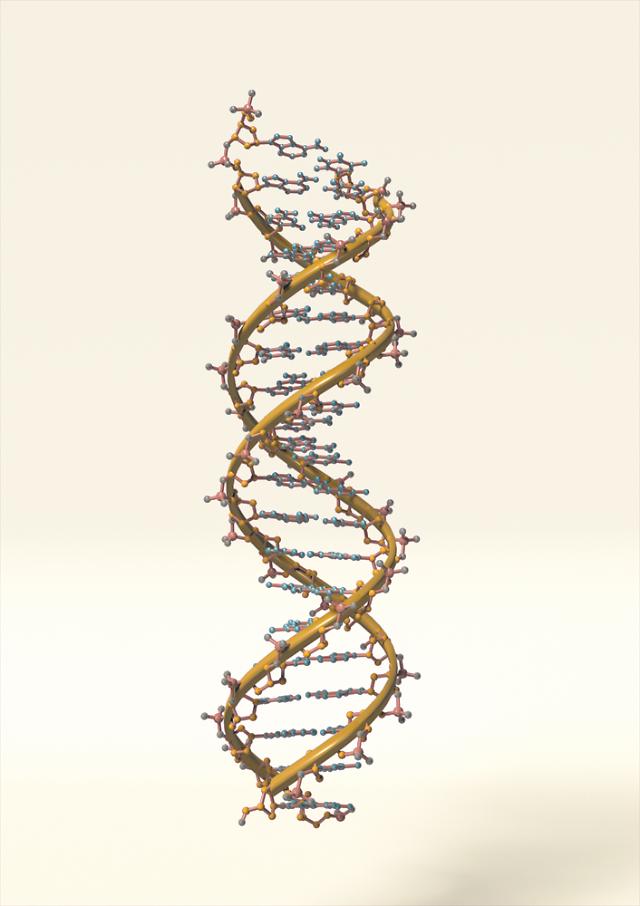
[Iclickart]
DNA of two 7700-year-old women discovered in an early Neolithic cave in far east Russia suggests they were closely related to some ethnic groups living today in the region, an archaeological research paper showed.
The two ancient women were "genetically most similar" to indigenous people who live today in the Amur Basin and were also "related" to other people who speak Tungusic languages, an international team including researchers from South Korea and Europe said in the paper published by Science Advances.
"Our ancient genomes thus provide evidence for a qualitatively different population history during the Neolithic transition in East Asia compared to western Eurasia, suggesting stronger genetic continuity in the former region," the paper said.
The theory was based on genome-wide data from two hunter-gatherers from the Devil's Gate cave, where the skeletons of five humans were found with pottery, harpoons, and other remnants.
The discovery suggests that in this region, farming spread through gradual cultural changes, unlike other regions where ancient humans are rarely directly related to people living nearby due to massive migration and mixing.
The ancient women were related to a lesser extent to modern Koreans and Japanese who have a dual origin, the paper said.
"The clearest signal was given by a combination of Devil's Gate and modern-day populations from Taiwan, southern China, and Vietnam, which could represent hunter-gatherer and agriculturalist components, respectively."
Koreans have likely experienced a greater degree of contact with neighboring populations throughout history, but their genomes show similar characteristics to those of the Japanese, the paper said.
"We could demonstrate a high level of genetic continuity in the region over at least the last 7700 years," it said.


